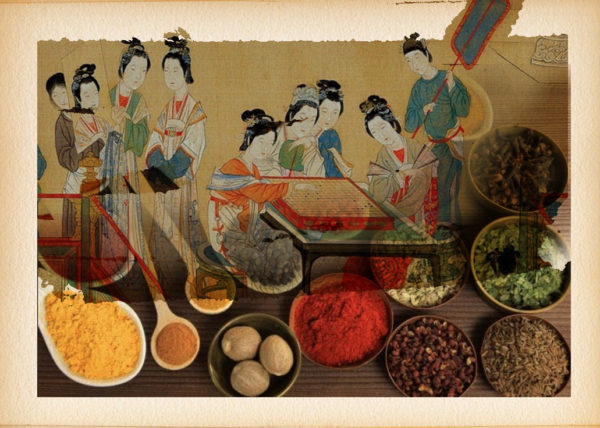
China has a rich history of over 2,000 years association with placenta. A
classic medical text from the Ming Dynasty (1368-1644) said placenta – which lines the uterus and is key to the survival of the foetus – was “heavily nutritious” and “if taken for the longer term basis, longevity will be achieved”
Human placenta has also been an ingredient in some traditional Chinese medicines,[10] including using dried human placenta, known as “Ziheche” (simplified Chinese: 紫河车; traditional Chinese: 紫河車; pinyin: Zǐhéchē), to treat wasting diseases, infertility, impotence and other conditions.
Hence, placentophagy – the practice of eating one’s placenta after birth – is relatively common in China, where it is thought to have anti-ageing properties and other health benefits.
Qin Shihuang, the first emperor of a unified China, is said to have designated placenta as having health properties some 2,200 years ago, and during China’s last dynasty, Express Dowager was said to have eaten it to stay young.
Traditional Chinese medicine experts believe that placenta eating is the finest means of celebrating birth and contains all of the nutrients required to keep postnatal depression at bay, including replenishing insufficient milk and lactation.
In short, the Chinese believe the health benefits of placenta are quick recovery after childbirth, postpartum depression, insufficient lactation, achieving longevity and eliminating excessive fatigue and infertility.
In our next posting, we will explore ancient practices and beliefs of placenta by other countries in Asia.
Recent Comments